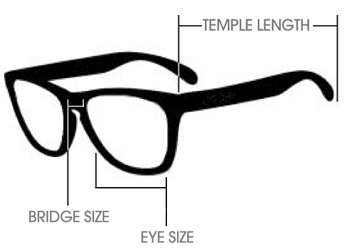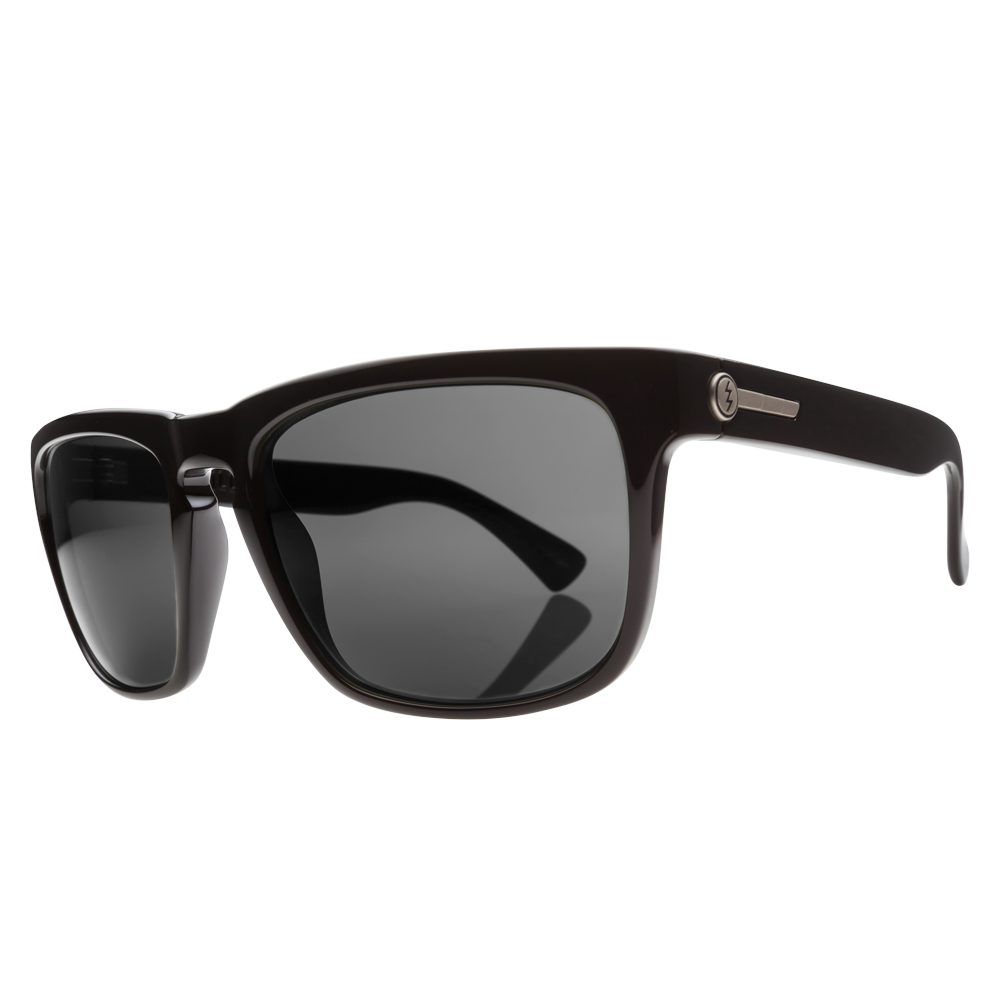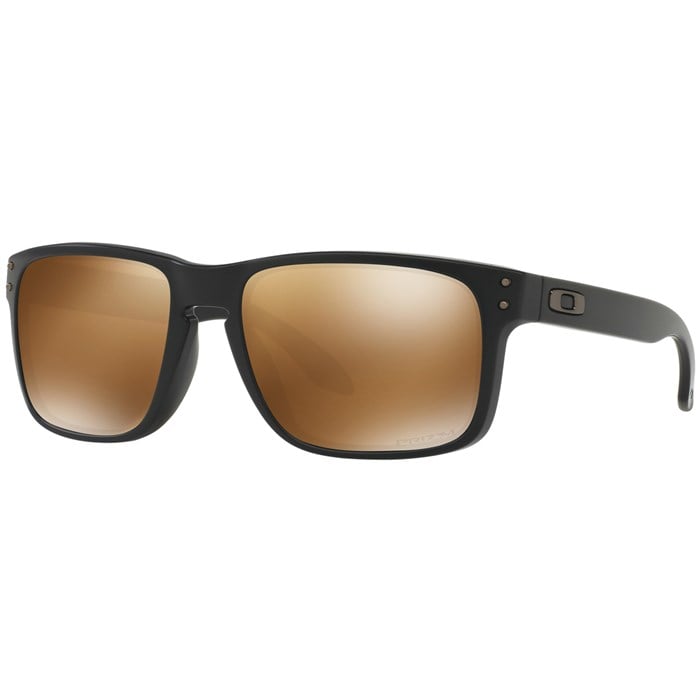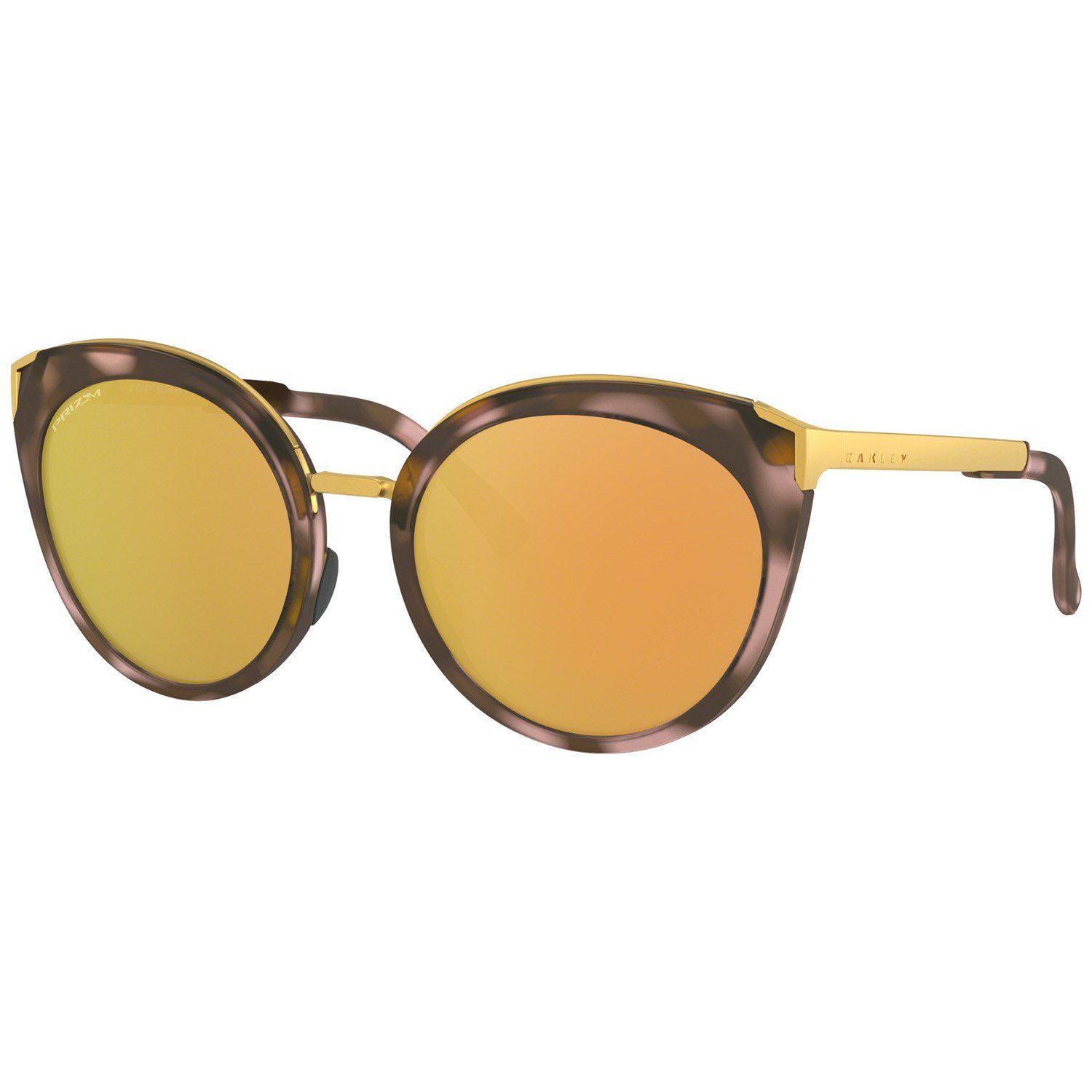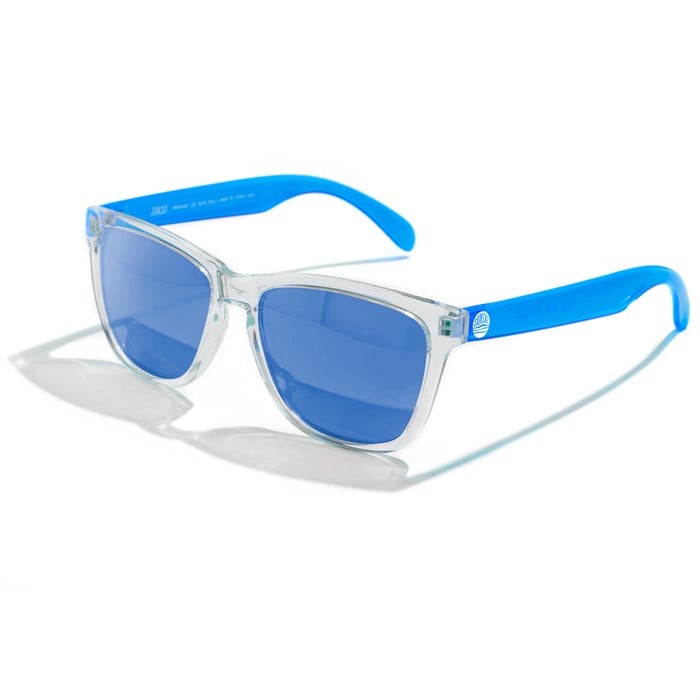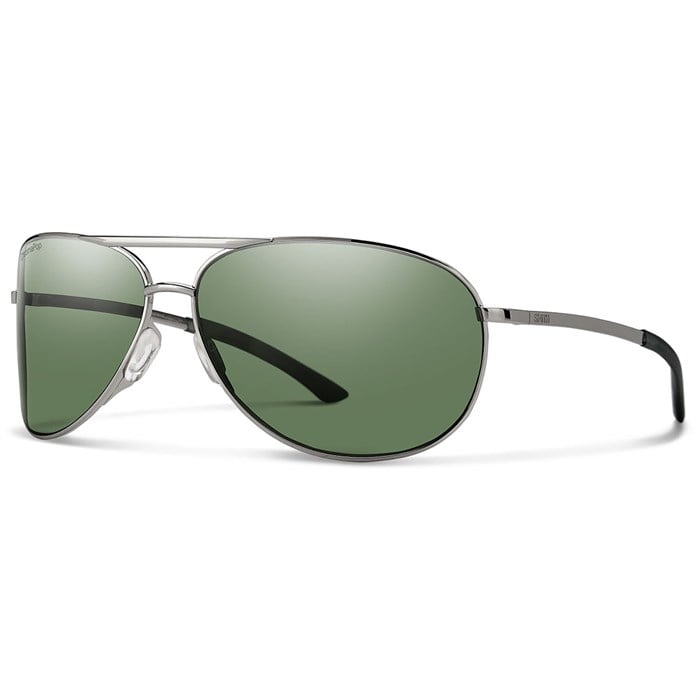How to Choose Sunglasses: Size, Styles & Lens Guide
Sunglasses UV Protection
Sunglasses are essential for people exposed to high levels of UV) light during activities like snowsports, watersports and driving in bright weather. When purchasing sunglasses, one of the most important things to look for is 100% UV protection. Even though the sun is 93 million miles away, the ultraviolet UV rays it emits can be a factor in causing cataracts, macular degeneration and growths on the eye, including cancer.
There are two types of UV light you need to look out for:
These rays are super intense and are the primary cause of sunburns and cancer, and can be very hazardous to the eyes. UVB rays vary in intensity throughout the year and are much stronger in the summer months between the hours of 10 am and 4 pm – this is the time of year when the earth’s axial tilt is angled towards the sun, causing UVB rays to be more focused. Although UVB rays are more intense in the summer, they possess the capacity to burn or damage skin and eyes year-round, and their effect is amplified by snow.
UVA rays account for 95% of the UV radiation reaching the Earth’s surface. UVA rays do not vary in intensity throughout the year and although they are much less intense, they are 30-50 times more prevalent than UVB rays. In recent studies, UVA rays have also been shown capable of contributing to the development of skin cancer and photoaging, and have been linked to the development of certain types of cataracts.
Sunglasses Frame Size
When picking out your new sunglasses the first thing to look at is face size. Sunglass frame size should closely mirror face size - smaller frames work better with smaller faces and vice versa. Frame size refers to the actual fit of the sunglasses. This is a general rule of thumb and not to be confused with the coverage of the sunglasses. They do make oversize stunner shade for small faces. For a more specific look at the size of a pair of glasses, look at the dimensions. This is often written as three consecutive numbers: (Eye Size) – (Bridge Size) – (Temple Size). Not every manufacturer provides this info, but we have tried to include in the specs of every pair of sunglasses we can on our site.
This is the horizontal measurement from the outside edge to the inside edge of one lens. Typical widths are 40–62 mm.
Bridge Size
The bridge is the distance between lenses. Typical widths are 14–24 mm.
Temple Size
This is the length of the temple piece, also known as the arm piece or ear piece. Typical lengths are 120–150 mm
Sunglasses Frame Material
Metal is one commonly used material in the manufacturing of sunglass frames. Its malleability, corrosion resistance, and ease of adjustability, make it very easy to tailor to many face shapes and frame styles. Metal frames typically tend to be more expensive, less durable and are not ideal for action sports.
Nylon Frame Sunglasses
Nylon frames should be your go-to for sports and performance activities. Nylon frames are resistant to stresses from temperature fluctuations, and remain super flexible while still retaining the stiffness required for safety. Companies use different brand names for their frame nylons, including Grilamid (not company specific) and O-Matter™ (specific to Oakley). Nylon frames tend to be less expensive, lightweight and stronger than traditional metal frames.
Titanium Frame Sunglasses
Generally found in higher-end sunglasses, Titanium frames are durable (duhh), scratch resistant, and tend to be on the pricier side of things.
Polycarbonate Frame Sunglasses
This versatile, tough plastic offers serious impact resistance and can be found in many sport and safety glasses. Despite their durability, they tend to be rigid frames and are not very flexible. Polycarbonate frames make a good choice for kids as the frames can take a beating.
Acetate Frame Sunglasses
Acetate is a plastic itself, but it is a little different. Compared to a standard plastic frame (usually Acrylic or Polyurethane), Acetate frames are stronger, more flexible and generally lighter. Acetate frames can come in a huge variety of colors and textures, and since the color is embedded in the material itself instead of painted on, the color tends to stay.
Plastic Frame Sunglasses
Sunglasses can be made out of a wide variety of plastic frames, from Acrylic to Polyurethane. Plastic frames are generally the cheapest frames available and can be a great option if price is an issue.
Sunglasses Lens Materials
Optical glass lenses are ground and polished to exacting standards to assure distortion-free vision. Optical glass is extremely durable and scratch resistant. The primary advantages to optical glass lenses are high levels of distortion-free vision and scratch resistance. The downside however is that they tend to be more expensive and when impacted sometimes spider or break, which can be a hazard for active sports.
Polycarbonate Sunglasses Lenses
Polycarbonate plastic lenses are the best bet for individuals who will be movin’ and shakin’ in their sunglasses. Polycarbonate lenses are made from a similar material to that of aircraft windshields and are virtually indestructible. Polycarbonate is light and scratch resistant (but not scratch proof), offers a high level of optical clarity, and is 50 times more impact resistant than optical glass. That makes it a very strong, distortion-free lens. The only disadvantages are a slightly lower level of scratch resistance as well as optical clarity that’s not quite as good as optical glass or NXT
NXT Polyurethane Sunglasses Lenses
This lens material is top of the line. It combines all the benefits of optical glass with all of polycarbonates performance capabilities. NXT Polyurethane lenses are the best choice for anyone willing to shell out the cash to get them. NXT lenses are made with Trivex, an advanced polymer material whose advantages include extreme impact resistance, superior optical clarity and ultralight weight.
Acrylic Sunglasses Lenses
Acrylic lenses are the go-to for an inexpensive sunglass solution, and an ideal choice for casual or fashion sunglasses. These retain much of the durability and optical clarity of top-shelf options with minor sacrifices but without the high price tag.
Sunglasses Lens Tints and Coatings
Gray/Green Sunglasses Lenses
These tints are color neutral and cut down on the intensity of light without changing colors, providing crisper contrast. The darker tints in this group are made to cut glare while reducing eye strain in brighter situations and enhancing depth perception. These lenses are good for activities where color can be important, like driving.
Yellow/Gold/Amber Sunglasses Lenses
These lenses provide excellent contrast and depth perception; however, that comes as a trade for less protection from brightness. They work well in moderate to low light conditions because they increase contrast. They work well for overcast weather or snow and they are ideal for skiing, snowboarding and other snow sports.
Rose/Vermilion Sunglasses Lenses
Sir Elton’s favorite tint, these lenses provide great low light image resolution and still enhance contrast. They work by blocking the “hazy” blue end of the color spectrum and are a good choice for most activities. Rose lenses can be worn for long periods, as they cause very little eye strain over time.
Mirrored or Flash Coating Sunglasses Lenses
This refers to a reflective film applied to the outside surfaces of some lenses that is highly desirable for people with high sensitivity to bright light. Also, if you don’t want people to be able to see your eyeballs - for some reason - then mirrored lenses are the way to go. They reduce glare by reflecting much of the light that hits the lens surface. Mirrored coatings make objects appear darker than they are, so lighter tints are often used to compensate for this.
Sunglasses Lens Technology
When light reflects off flat surfaces such as water, snow, glass, sand or pavement it is reflected perpendicular to that surface. This reflective glare is very intense and has the potential to cause increased eye irritation, eye fatigue and in some cases restricted vision (It’s called Brewster’s Angle for you science folk out there). Polarized lenses, using horizontally-aligned polarizing micro crystals, block all vertical light and protect your eyes from this glare. Polarized lenses are particularly suitable for water sports, cycling and driving where there tends to be a high degree of reflective glare, but they do not offer additional UV protection.
Photochromic Sunglasses
Photochromic lenses automatically adjust to changing light intensities to protect you in a wider range of conditions (science in action). These lenses actually get darker (to block more light) on bright days, and lighter when conditions get darker. A couple of caveats: The photochromic process doesn’t happen instantly, and it takes longer to work in cold conditions. Also, it doesn't work at all when you’re inside a car (the change in tint is activated by harmful UVB rays, which don’t penetrate your windshield).
Gradient Sunglasses Lenses
Gradient lenses are tinted from the top down, so that the top of the lens is darkest. These lenses are good for driving, because they shield your eyes from overhead sunlight and allow more light through the bottom half of the lens so you can see your dashboard display clearly.
Double Gradient Sunglasses Lenses
Double gradient refers to lenses that are also tinted from the bottom up: The top and bottom are darkest and the middle has a lighter tint. Double gradient lenses are a great choice if you want sunglasses that aren't too dark, but shield your eyes well against bright overhead sunlight and light reflecting off sand, water and other reflective surfaces at your feet. These lenses are a good choice for water sports
Learn More With Our Other Accessories Guides:
Sunglasses - How to Choose
Sunglasses - Style & Face Shape
Goggles - How to Choose
Goggles - How to Wear Goggles with Glasses
Goggles - How to Prevent Fogging
Helmets - How to Choose & Fit Guide
Helmets - MIPS Technology
Gloves & Mittens - How to Choose
Hats - Types, Styles, & Materials
Socks - How to Choose Ski & Snowboard Socks
This is evo. We are a ski, snowboard, wake, skate, bike, surf, camp, and clothing online retailer with physical stores in Seattle, Portland, Denver, Salt Lake City, Whistler, and Snoqualmie Pass. Our goal is to provide you with great information to make both your purchase and upkeep easy.
evo also likes to travel to remote places across the globe in search of world-class powder turns, epic waves, or legendary mountain biking locations through evoTrip Adventure Travel Trips. Or, if you prefer to travel on your own, check out our ski & snowboard resort travel guides and mountain bike trail guides.
Still have questions? Please call our customer care team at 1.866.386.1590 during Customer Care Hours. They can help you find the right setup to fit your needs.
